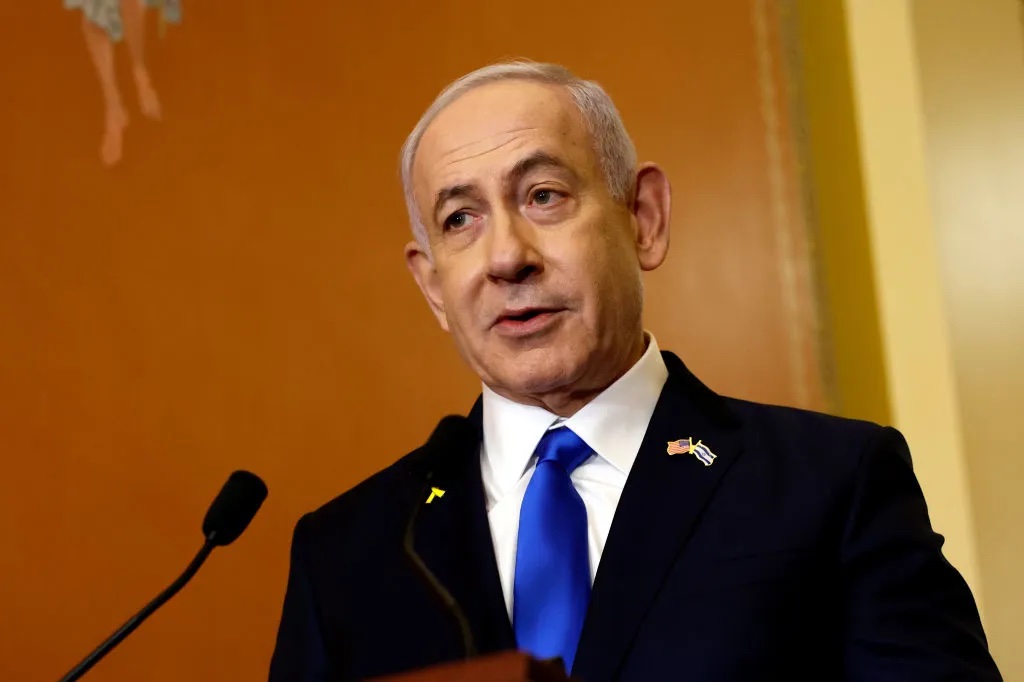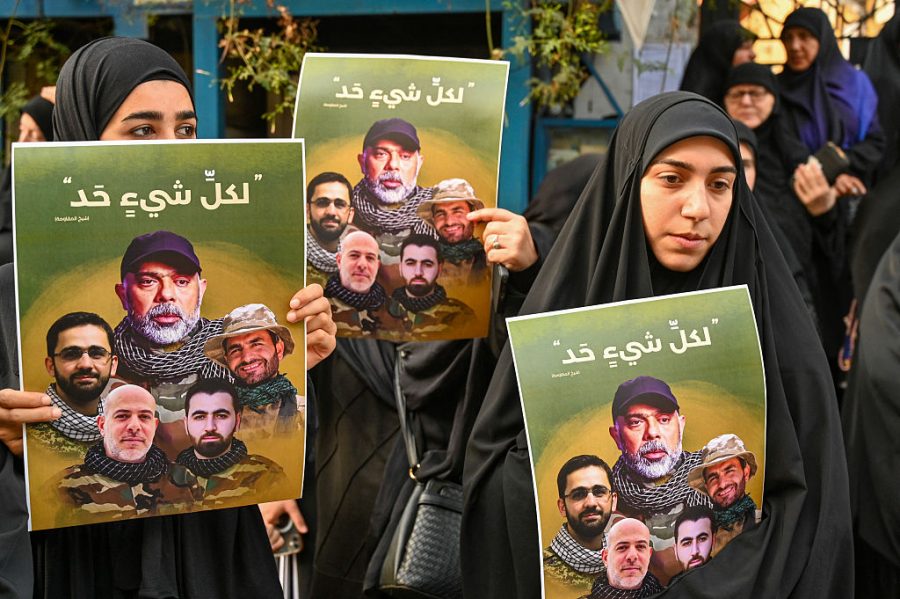The omens for a ceasefire deal in Gaza between Israel and Hamas are looking alarmingly bleak following the latest shuttle diplomacy by Antony Blinken, the US secretary of state. The US “bridging proposal” aimed at resolving contested issues raised after the three-stage peace formula offered by President Biden on May 31 appears to be dead in the water.
Central to the impasse is the insistence by Benjamin Netanyahu that Israeli troops must be allowed to remain in two security corridors in Gaza to ensure that even if the fighting has stopped Israel will retain the ability to watch for and deter any future attempts by Hamas to rearm or launch attacks across the border.
They are identified by Israel as the Philadelphi Corridor, which runs for 8.7 miles along the length of the Gaza side of the border with Egypt; and a 3.7 mile stretch of land called the Netzarim Corridor, which runs south of Gaza City from the Israeli border to the sea, effectively cutting the Strip in half. Israel’s aim in both cases is to maintain a military presence, albeit much reduced in size, acting as an occupying mini-force to protect Israel’s security interests and to stop the smuggling of arms.
Hamas, which has demanded the total withdrawal of Israeli troops from Gaza as part of any ceasefire deal, is expected to reject any notion of a remaining Israel military presence. The messaging from Blinken’s latest verbal skirmishing with Netanyahu, which lasted three hours this week, has, not for the first time, been confusing, if not contradictory.
Blinken returned to Washington saying that he had had good talks with the Israeli Prime Minister and that the bridging proposal had been accepted. Yet Netanyahu made clear to hostage families that he would never give up his demand for Israeli troops to stay in the two security corridors and appeared to suggest that the Americans accepted this. Blinken said otherwise. He insisted that Israel had endorsed the deal under which a schedule for the withdrawal of Israel troops from Gaza had been clearly set out.
After Blinken’s return to Washington, Biden spoke with Netanyahu on the phone to impress on the Israeli leader the urgency of coming to an agreement. Blinken had previously warned that now was probably the last chance to reach a deal to free the hostages.
There are 109 hostages still in Gaza according to the Israeli Defense Forces of whom more than seventy are thought to be still alive. The bodies of six hostages were found this week in a tunnel under the southern Gaza town of Khan Younis and were returned by Israeli commandos to Israel. All six had been captured during the October 7 attack by Hamas in southern Israel.
The plight of the hostages has been the driving force behind all the negotiations involving the US, Israel, Hamas, Qatar and Egypt. But after ten months of war in Gaza following the October 7 atrocities, there are so many competing issues at stake that every attempt to reach a deal has been thwarted by one party or other.
The three-stage ceasefire proposal of May 31 had raised realistic hopes of an endorsement by all parties. Under the agreement, there would have been a six-week ceasefire, a release of all hostages in exchange for Palestinian detainees held by Israel, followed by a permanent ceasefire and withdrawal of IDF troops and a reconstruction of Gaza lasting up to five years. Nearly three months later, there remain fundamental differences and gaps between Israel and Hamas which would seem to be unresolvable.
For Biden, time is running out. He is desperate to burnish his legacy as a departing president by ending the war in Gaza, preventing further bloodshed and suffering among the Palestinian people, and eliminating the risk of a wider Middle East conflict.
Iran has held off so far from retaliating against Israel for the assassination of the Hamas political leader Ismail Haniyeh in Tehran on July 31. But the threat is still there. So, too, is an expanded war between Israel and Hezbollah in Lebanon. Both exchanged fire this week.
Biden’s hope is that if he can fix a ceasefire deal in Gaza in the next few days, that might be enough to persuade Tehran to call off any plans for a direct strike on Israel. Neither Israel nor Hamas seem ready to help the US president achieve his goal.
This article was originally published on The Spectator’s UK website.


























Leave a Reply